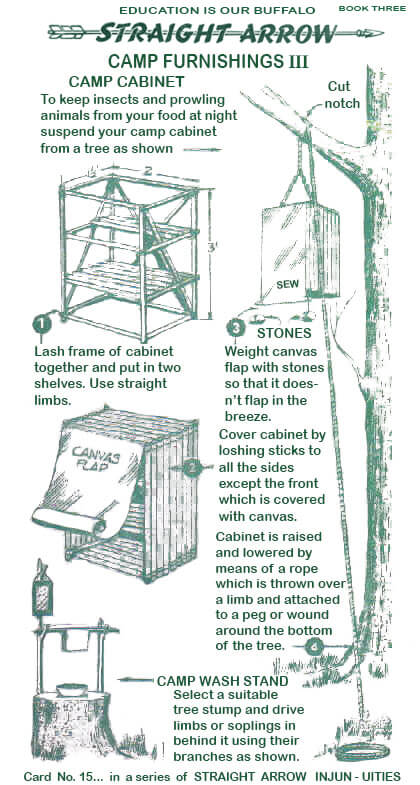
When stalking wildlife, hunters use the camp cabinet to keep insects and prowling animals away from their food. At night, hang the camp cabinet from a tree to keep it out of the way of predators. Canvas flap should be weighted with stones so that it does not flap in the breeze. When they find a suitable tree stump, they use their branches to force limbs or spotting into the ground behind it. This was the most effective method of preserving their food. The cabinet is raised and lowered with the help of a rope. The branch is put over a peg, which is then twisted around the trunk of the tree. Native Americans kept themselves healthy during the sparse winter foraging season by preserving food. The chore of preserving food for the coming winter was tough, and tribes all over the continent tackled it in different ways. Food drying was one way of preservation, and it had the advantage of making the harvest easier to store and carry because the loss of water concentrated nutrients while also reducing the weight of the food. Some foods, such as beans, dried naturally on the vine, but others, such as corn, berries, and mushrooms, were typically harvested first and then dried. The Pawnee and Wichita peoples often dried pumpkins in strips before weaving them into mats for long-term storage.

